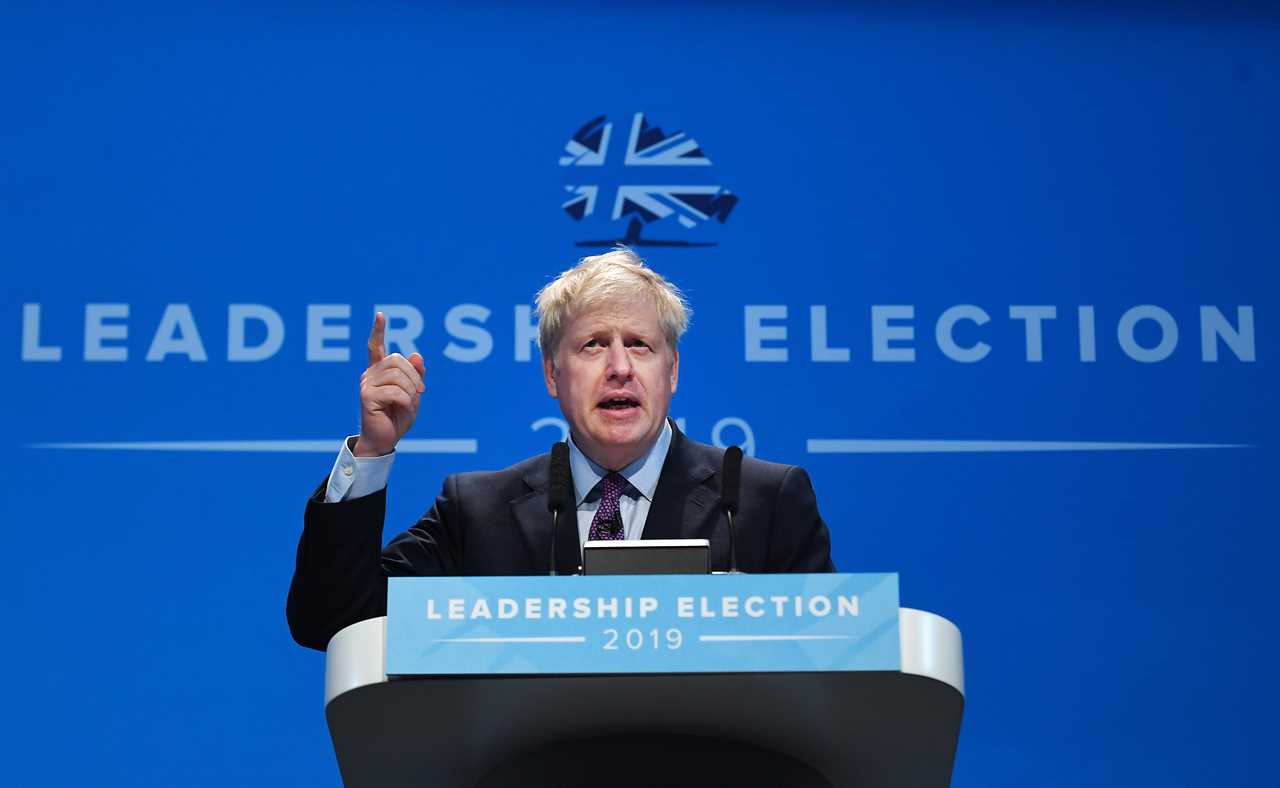BORIS Johnson is on thin ice after judges ruled his suspension of Parliament broke the law.
Instead of showing contrition, the PM has now challenged his opposition MPs to offer a vote of no confidence. Here’s how that might work.

Could Boris Johnson’s premiership be short-lived
What is a motion of no confidence?
Since the Fixed Term Parliament Act there are now just two ways of expressing no confidence in the Government.
- Motions initiated by the Government
- Motions initiated by the Opposition
1) Vote of no confidence by the Government
This is in effect a threat of dissolution by the Government, which persuades backbench MPs to support a bill.
A General Election could be triggered if the Government loses, but it will more likely end in the resignation of the leader.
On December 12, 2018, Tory MPs wrote to the chairman of the backbench 1922 Committee expressing no confidence in Theresa May, the then Prime Minister.
They asked for 48 MPs wrote letters expressing their desire for a vote of no confidence to the backbench 1922 Committee, triggering an anonymous ballot to decide their leader’s fate.
May survived despite a third of MPs voting against her, resigning five months later on May 24, 2019.
2) Vote of no confidence by the Opposition
This involves a motion of no confidence being moved in the House of Commons coming from the Opposition, with the wording “that this House has no confidence in HM Government”.
The backing of a majority of MPs would topple the Government – it only requires one more MP to vote in favour than against.
The Tories narrowly survived this type of challenge on the eve of January 16, 2019, after Labour leader Jeremy Corbyn brought the motion in the wake of the trounced “meaningful vote”.
On September 25, 2019, Tory PM Boris Johnson challenged his Labour opposition MPs to offer a vote of no confidence.
Johnson, who has twice failed to trigger a General Election and is under fire after unlawfully suspending Parliament, laid the gauntlet to his colleagues who will be torn about the prospect of an election in the midst of a Brexit crisis.
Who can initiate a vote of confidence?
Under the Conservative Party’s rules, a confidence vote would be triggered if 15 per cent of MPs write letters of no-confidence to the chairman of the backbench 1922 Committee.
That would require 54 of the 360 Tory MPs to send letters to Sir Graham Brady, who would keep the tally secret until the threshold was reached.
A vote of no confidence would be held quickly and Mr Johnson would be ousted if more than 50 per cent of Tory MPs voted against him.
He would then not be allowed to stand in the subsequent leadership contest, in which MPs would whittle down the field of contenders to two before party members had the final say.
When is a General Election triggered from a vote of no confidence?
If the vote is backed by a simple majority of MPs, the government will be toppled.
If a new Government with the support of the Commons cannot be formed within 14 days, an early General Election is called.
It is one of only two ways in which an early General Election may be triggered under the terms of the Fixed Term Parliaments Act 2011.
Who can table a no confidence vote in the Government?
Only a no confidence motion tabled by the official leader of the opposition automatically gets allotted time for debate and a vote in the Commons.
It is up to the Government to decide whether to grant the motion from the smaller opposition parties any time – which is highly unlikely.
If the PM was to lose a vote of no confidence in the Commons it would trigger a General Election.







